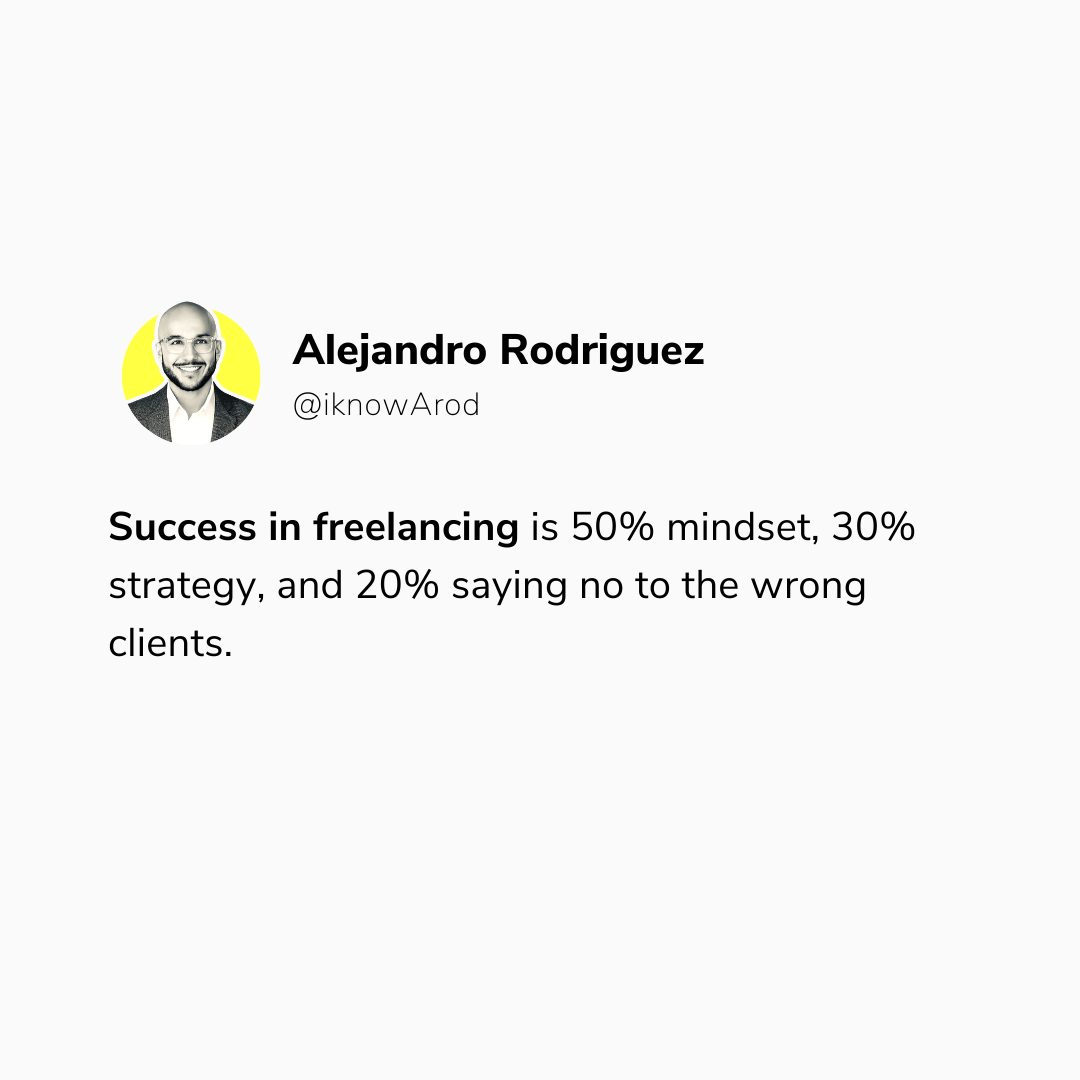Build Strong Client Relationships from Day One with an Effective Onboarding Process
In the fast-paced world of web design, a well-structured client onboarding process is crucial for setting the stage for successful projects and lasting partnerships. It ensures clear communication, aligns expectations, and fosters trust between you and your clients.
In this guide, we’ll explore the essential steps to create an efficient onboarding process that resonates with your clients and enhances your workflow.
Why Client Onboarding Matters
Effective client onboarding is more than just administrative formalities; it’s the foundation of a positive client experience. A streamlined onboarding process helps you:
- Establish Clear Communication: Define how and when you’ll communicate with clients to prevent misunderstandings.
- Set Expectations: Clarify project scope, timelines, and deliverables to ensure everyone is on the same page.
- Build Trust: Demonstrate professionalism and organization, instilling confidence in your clients.
- Enhance Efficiency: Gather necessary information upfront to avoid delays and keep the project on track.
Step 1: Initial Consultation and Discovery
Begin with a comprehensive discussion to understand your client’s needs, goals, and challenges. This conversation should cover:
- Business Objectives: What does the client aim to achieve with this project?
- Target Audience: Who are the end-users, and what are their preferences?
- Design Preferences: Are there specific styles or functionalities the client desires?
By delving into these areas, you can tailor your services to deliver maximum value.
Step 2: Define the Project Scope and Deliverables
Clearly outline what the project will entail to prevent scope creep and ensure mutual understanding. This includes:
- Detailed Deliverables: Specify what will be provided (e.g., number of web pages, features, design elements).
- Timeline: Set realistic deadlines for each phase of the project.
- Pricing: Agree on the cost and payment schedule.
Documenting these details in a formal agreement protects both parties and serves as a reference throughout the project.
Step 3: Collect Essential Information and Assets
Gather all necessary materials from the client to ensure a smooth workflow. This may include:
- Brand Guidelines: Logos, color schemes, typography, and other branding elements.
- Content: Text, images, videos, and other media to be included on the website.
- Access Credentials: Logins for hosting, domain registrars, or existing websites.
Having these assets ready at the outset prevents delays and allows you to maintain momentum.
Step 4: Establish Communication Channels
Determine the best methods and frequencies for communication to keep the client informed and engaged. Consider:
- Preferred Platforms: Email, project management tools, video calls, etc.
- Regular Updates: Schedule check-ins or progress reports to keep the client in the loop.
- Feedback Mechanisms: Set up a system for receiving and incorporating client feedback efficiently.
Clear communication reduces misunderstandings and builds a collaborative relationship.
Step 5: Introduce Your Team and Workflow
If you work with a team, introduce key members to the client and explain their roles. Additionally, provide an overview of your workflow, including:
- Project Phases: Design, development, testing, and launch stages.
- Review Points: When the client will have opportunities to provide input or approvals.
- Tools Used: Any software or platforms the client will interact with during the project.
Transparency in your process helps manage client expectations and fosters trust.
Step 6: Conduct a Kick-Off Meeting
Hold a formal meeting to launch the project, ensuring all parties are aligned. During this meeting:
- Review the Project Plan: Go over the scope, timeline, and deliverables.
- Address Questions: Clarify any uncertainties the client may have.
- Confirm Next Steps: Outline immediate actions and responsibilities.
A kick-off meeting sets a positive tone and reaffirms commitment to the project’s success.
Elevate Your Client Onboarding Experience
An effective client onboarding process is pivotal in transforming prospects into satisfied clients and fostering long-term relationships. By investing time in a structured onboarding approach, you demonstrate professionalism, enhance client satisfaction, and pave the way for successful project outcomes.
Ready to Grow Your Web Consulting Business?
If you’re looking to take the next step in growing your web consulting business, learn how at: http://join.webconsulting.com/
Implementing a robust onboarding process is a strategic move toward building a thriving, client-centered web design business.

